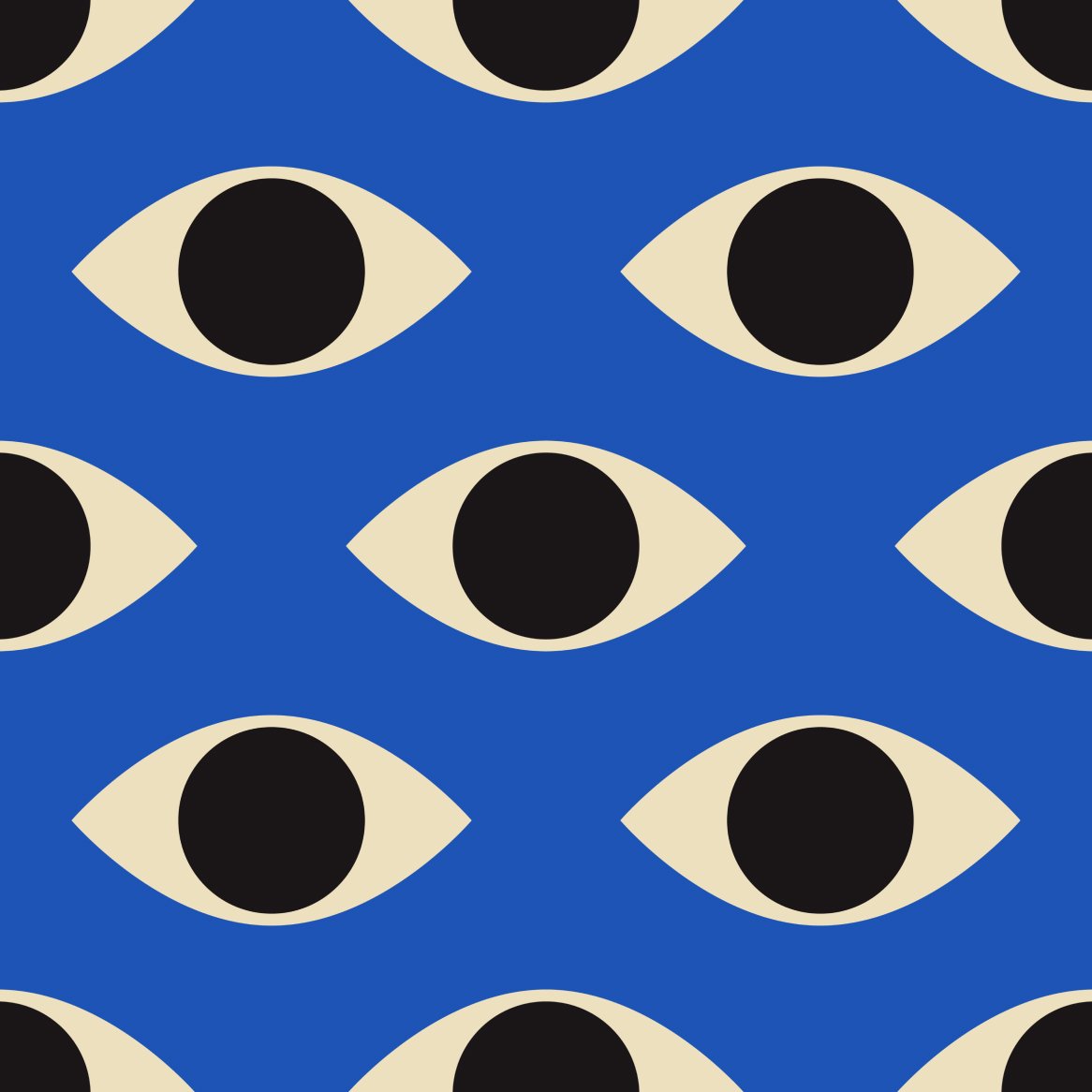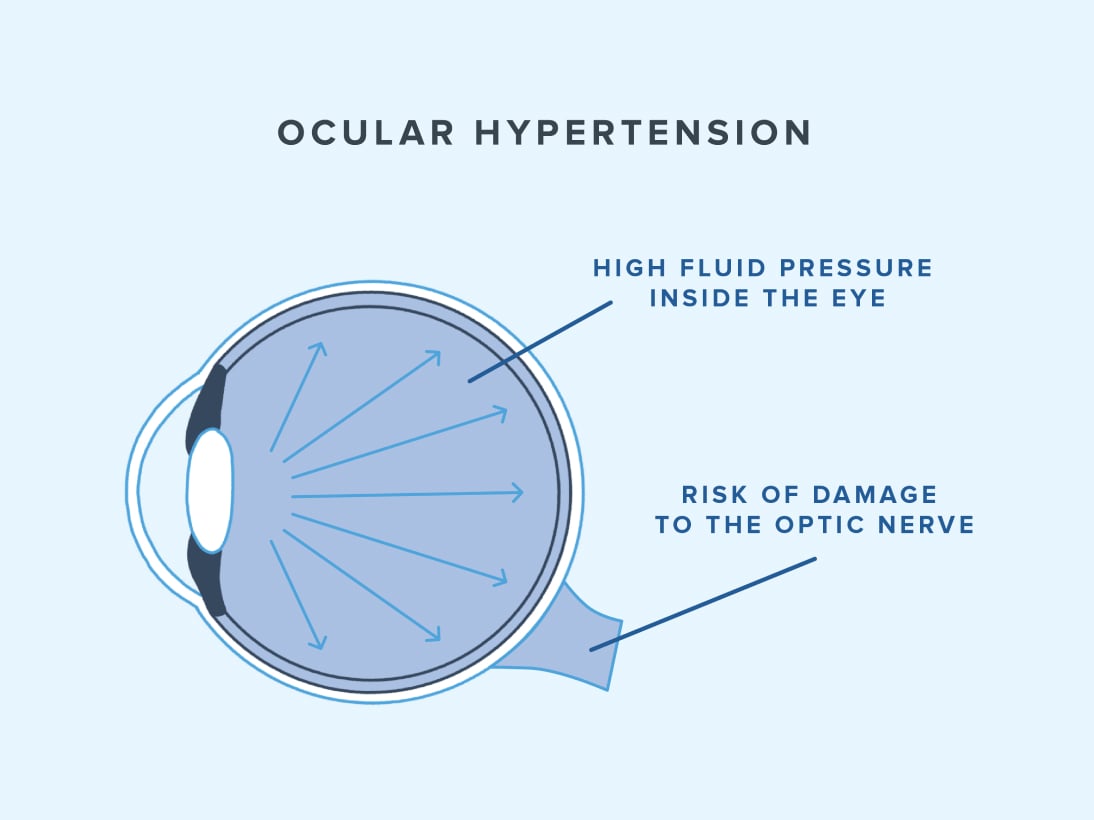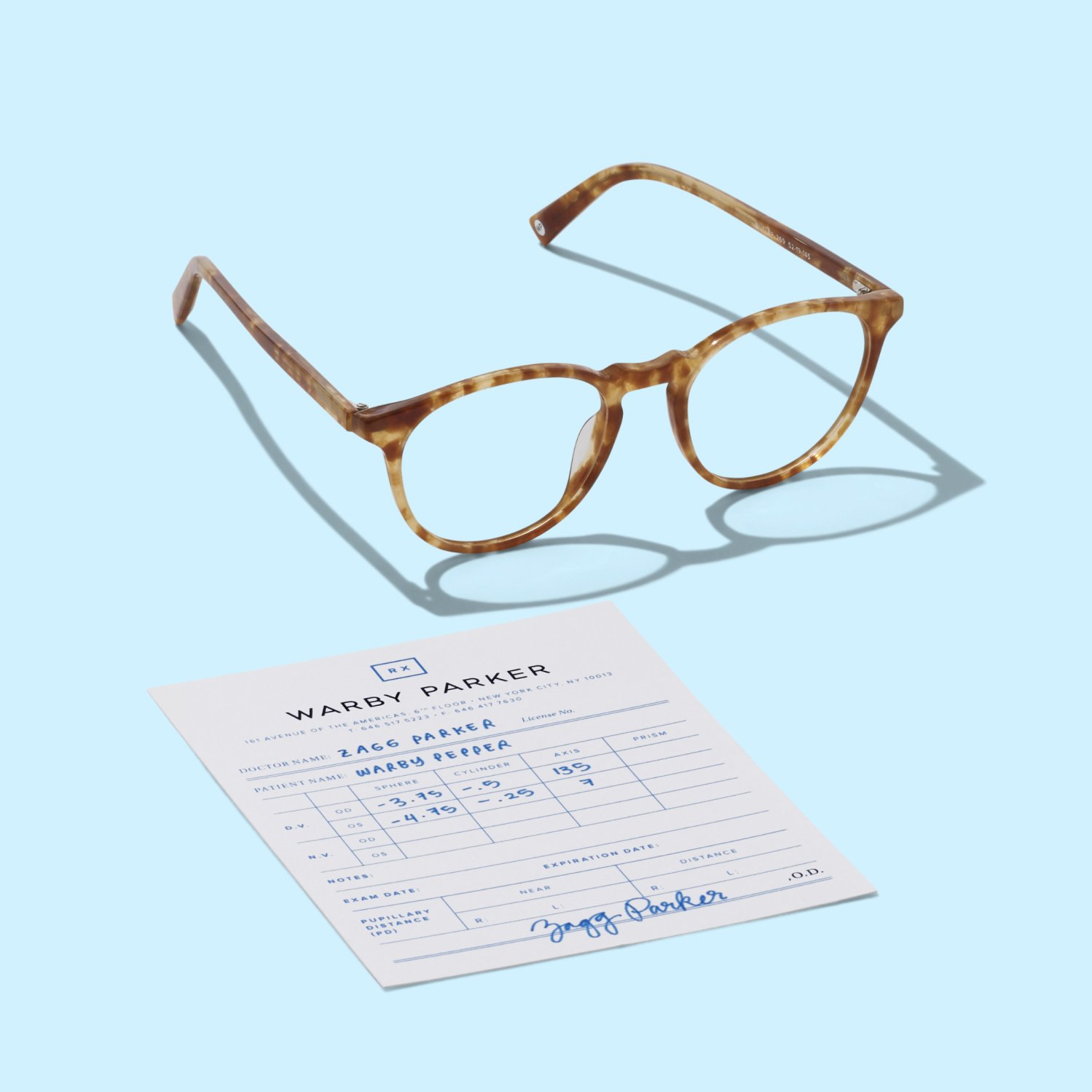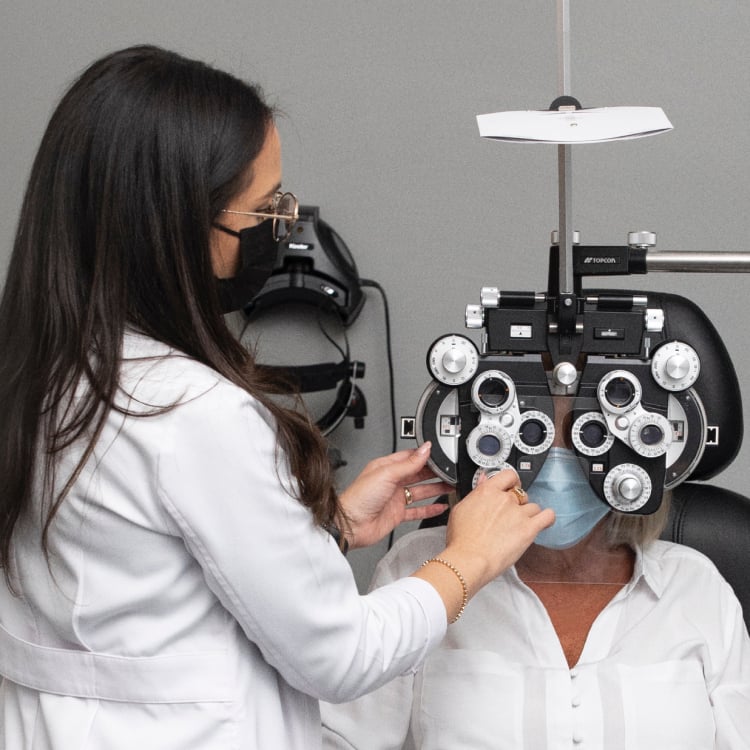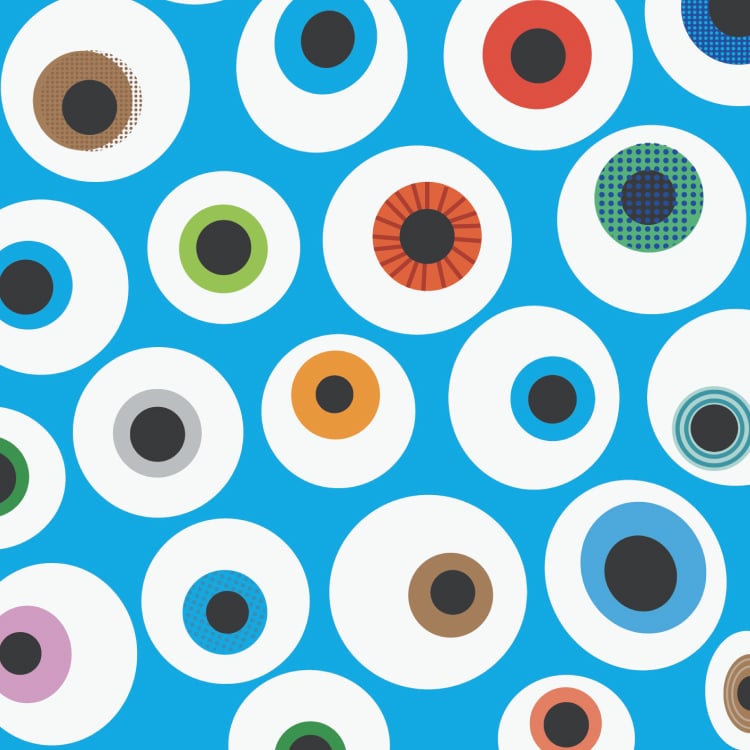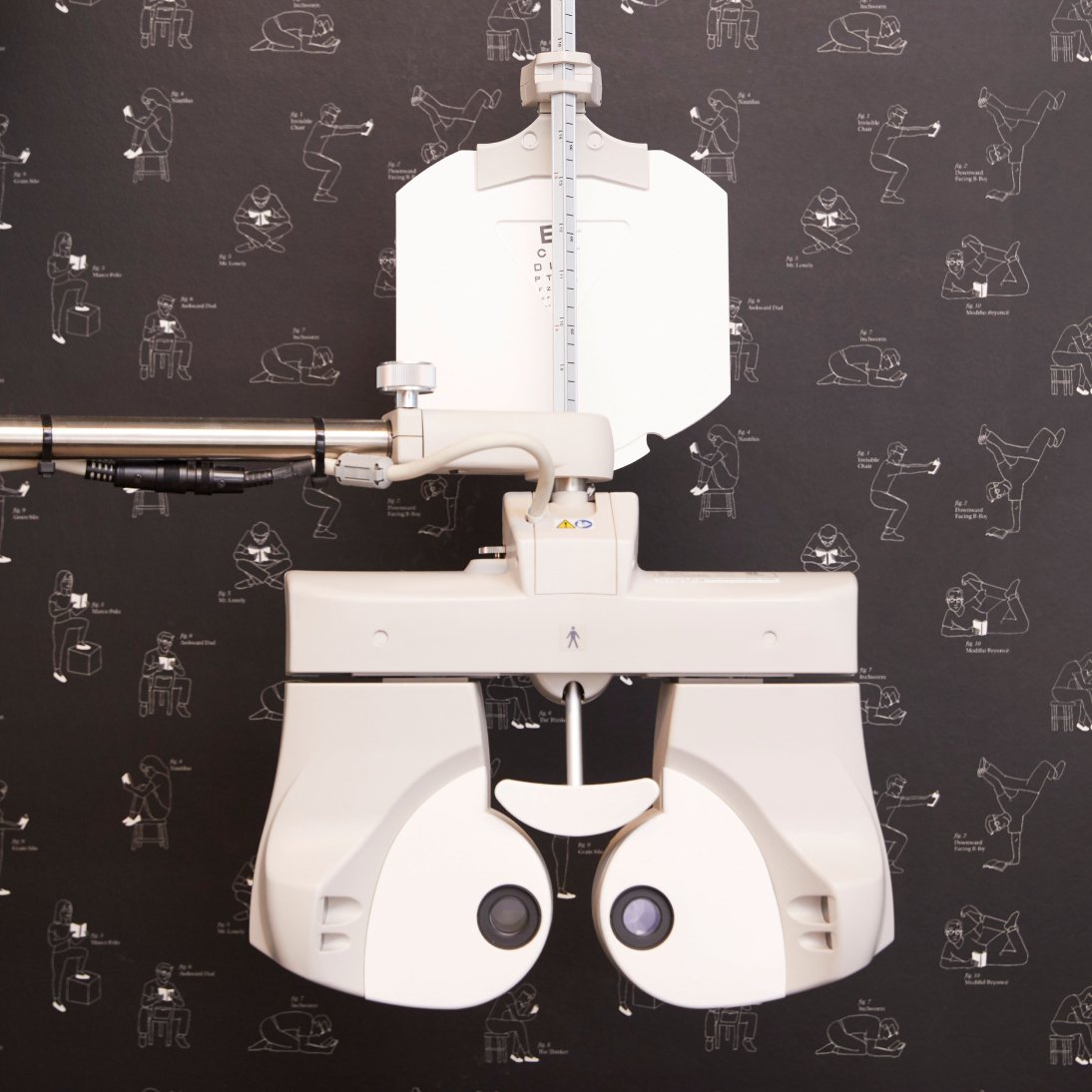A normal eye pressure range is generally between 10 and 21 mmHg—or millimeters of mercury—although it can vary from person to person. In essence, one person’s “ideal” intraocular pressure range may vary from another’s.
There are many factors that go into determining a normal or healthy eye pressure range, and there’s no need to fret if your intraocular pressure doesn’t fit neatly into it. Everyone’s eyes are different!
Even so, there’s a lot to know about determining intraocular pressure and what your eye pressure reading means. Let’s see if we can answer some of your most urgent questions about “good” eye pressure—but remember, your eye doctor is the only person who can reliably tell you whether your intraocular pressure is cause for concern.
What Is Eye Pressure, and How Does It Work?
Eye pressure, or intraocular pressure, is the pressure exerted on the interior walls of the eye by the fluid inside it.
It might help to look at eye pressure compared to a more familiar topic, blood pressure. Blood pressure is how much force, or pressure, your blood is exerting against your artery walls when the heart beats. Your eyeballs don’t beat like your heart does (hopefully), but the fluid inside them is kept at a steady pressure that can indicate overall eye health.
As with blood pressure, it’s important to maintain a normal eye pressure reading. But as we’ve mentioned, the meaning of “normal” varies widely.
The average range of 10 to 21 mmHg only exists because 90% of the population falls into this range. It’s your doctor—and only your eye doctor—who can determine if your eye pressure reading is good, normal, or abnormal.
How Is Eye Pressure Measured?
There are several tonometry tests—or ways to measure intraocular pressure—and you may expect any one of them at your next comprehensive eye exam. Your eye doctor will determine the best option for you.
“Air-Puff” Tonometry
One test for measuring eye pressure is everyone’s favorite: the “air puff” test. This test includes aiming a short (painless!) puff of air into the eyeball to check for high or low IOP (intraocular pressure). This rapid pulse of air slightly flattens the cornea to gauge a reading.
Rebound Test
The rebound test is similar to the “air puff” test, but it uses a small plastic-tipped probe instead of a burst of air. The probe bounces off the cornea to determine the eye pressure, and no numbing drops are usually needed. This option is often used with children and those who can’t comply with other methods of eye pressure testing.
Goldmann Applanation Tonometry
Living up to its own name, the Goldmann applanation tonometry test is the gold standard for measuring eye pressure. For this test, the eyes are numbed with drops, and non-toxic dye is placed in each eye. A small gauge is then placed on the cornea to measure the pressure.
Pneumatonometry
This alternative measurement method is often used on those with scarred corneas. Like with the Goldmann applanation tonometry test, the eyes are numbed first; however, no dye is applied. This helps determine a more accurate reading for those with thicker corneas.
What Happens if Eye Pressure Is Too High?
If your intraocular pressure is too high or abnormal in any way, then that may signal something is amiss with your eye health.
When eye pressure is too high for an individual’s specific eye pressure range, then they may be diagnosed with ocular hypertension. This condition can cause damage to the optic nerve and possibly contribute to the development of glaucoma.
Risk factors for ocular hypertension include:
- Age: Those diagnosed with ocular hypertension are usually over the age of 40.
- Cornea thickness: Thin corneas may lead to ocular hypertension.
- Family history: Those with a family history of glaucoma are more likely to suffer from ocular hypertension.
- Steroid use: Extended use of topical steroids can increase pressures over time.
- Medical history: People with certain eye diseases (trauma, autoimmune conditions, inflammation, etc.) may develop ocular hypertension.
If you have any concerns about these risk factors, you should see your eye doctor for advice.
Treatment for High Eye Pressure
The type of treatment prescribed for ocular hypertension depends on the severity of the case and an individual’s needs.
Some common forms of treatment include:
- Medicated eye drops
- Laser procedures
- Oral medications
- Surgery
Eating a healthy diet, exercising, and staying hydrated can also help to maintain or lower intraocular pressure, but you should always follow the guidance from your optometrist or ophthalmologist first and foremost.
Do Right by Your Eyes: Get Your IOP Checked Regularly
Your eyes are two of the most important organs in your body, and they require regular check-ups and care. Schedule an eye exam to determine what a healthy eye pressure range looks like for you and to assess the overall health of your eyes.

